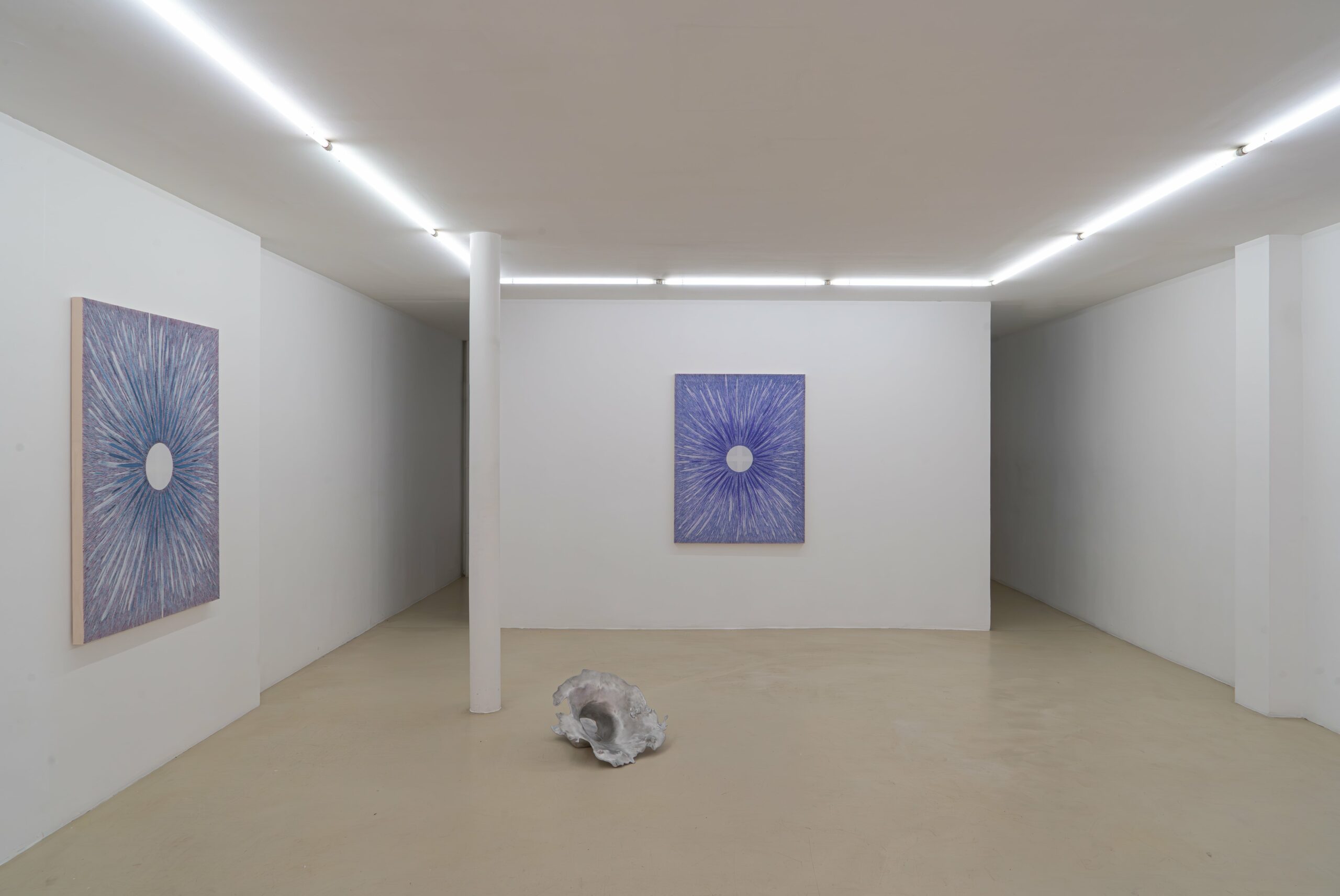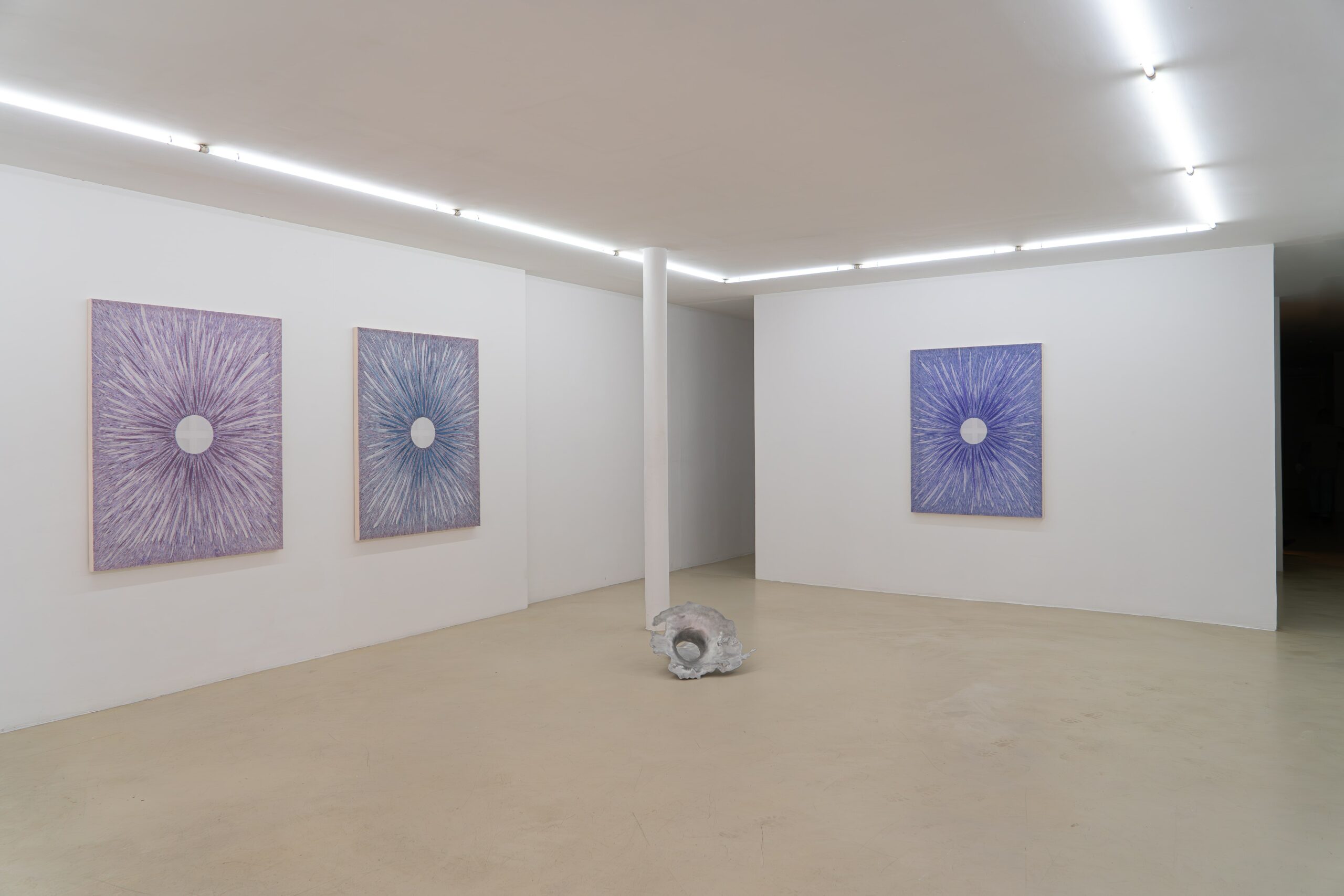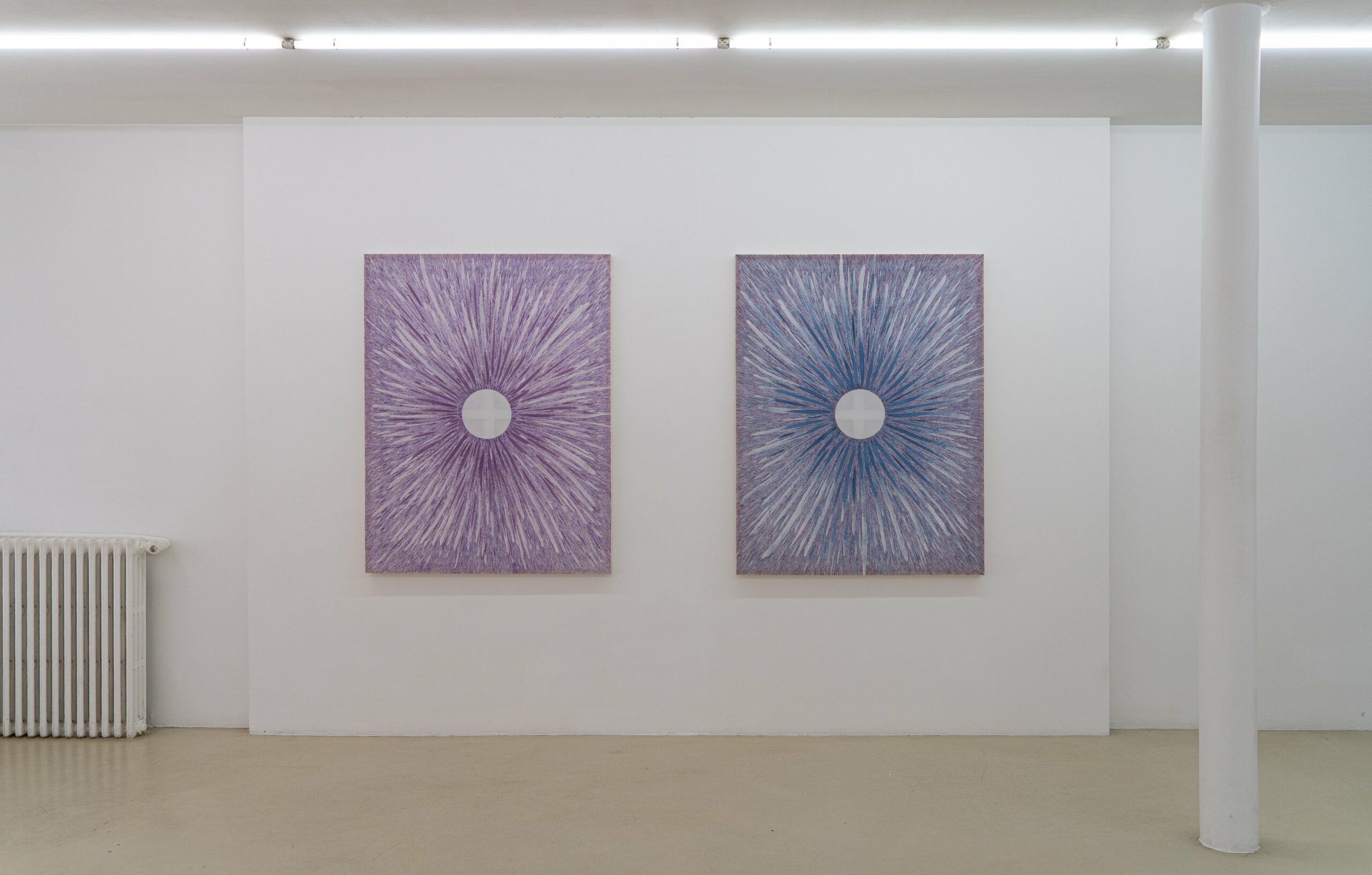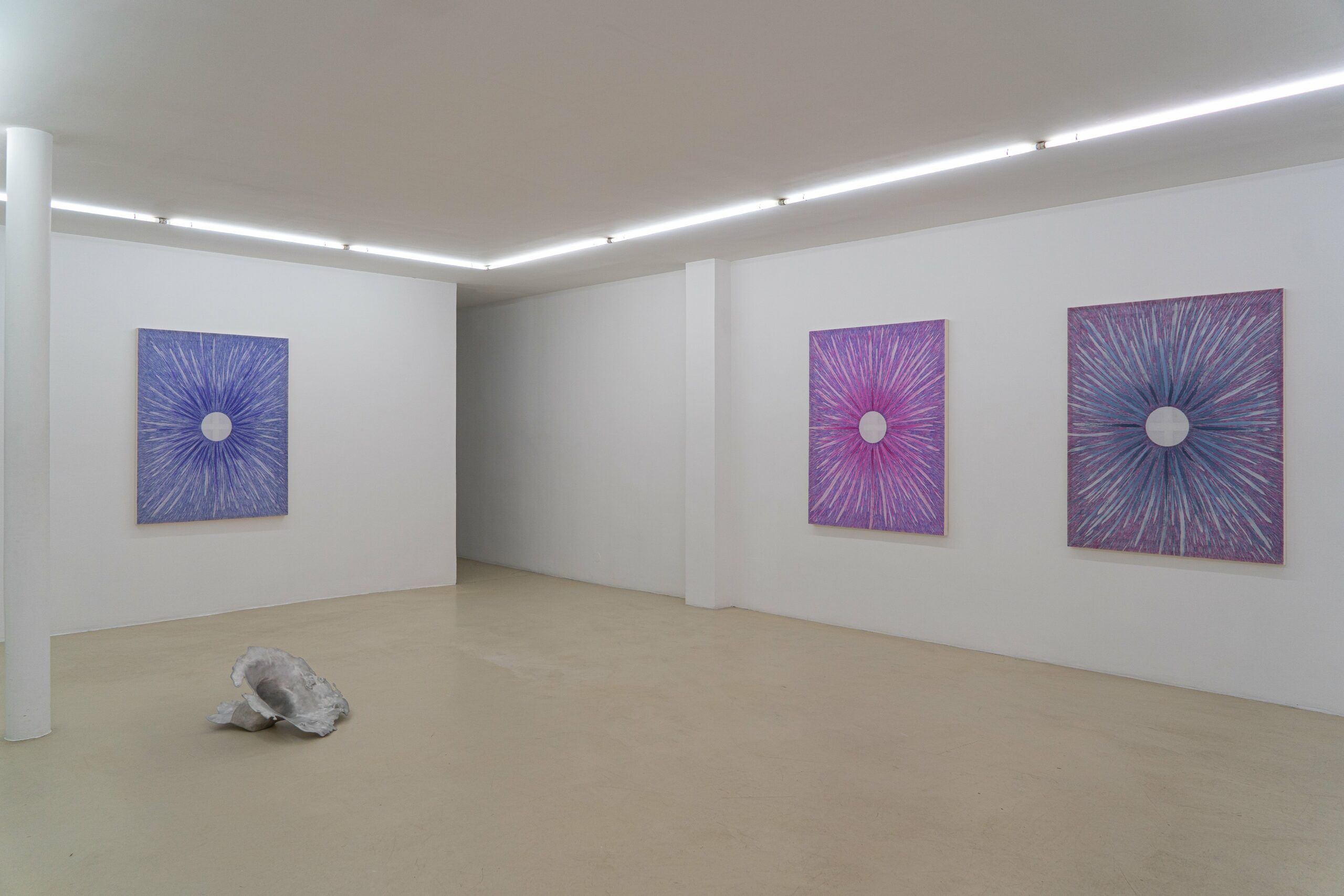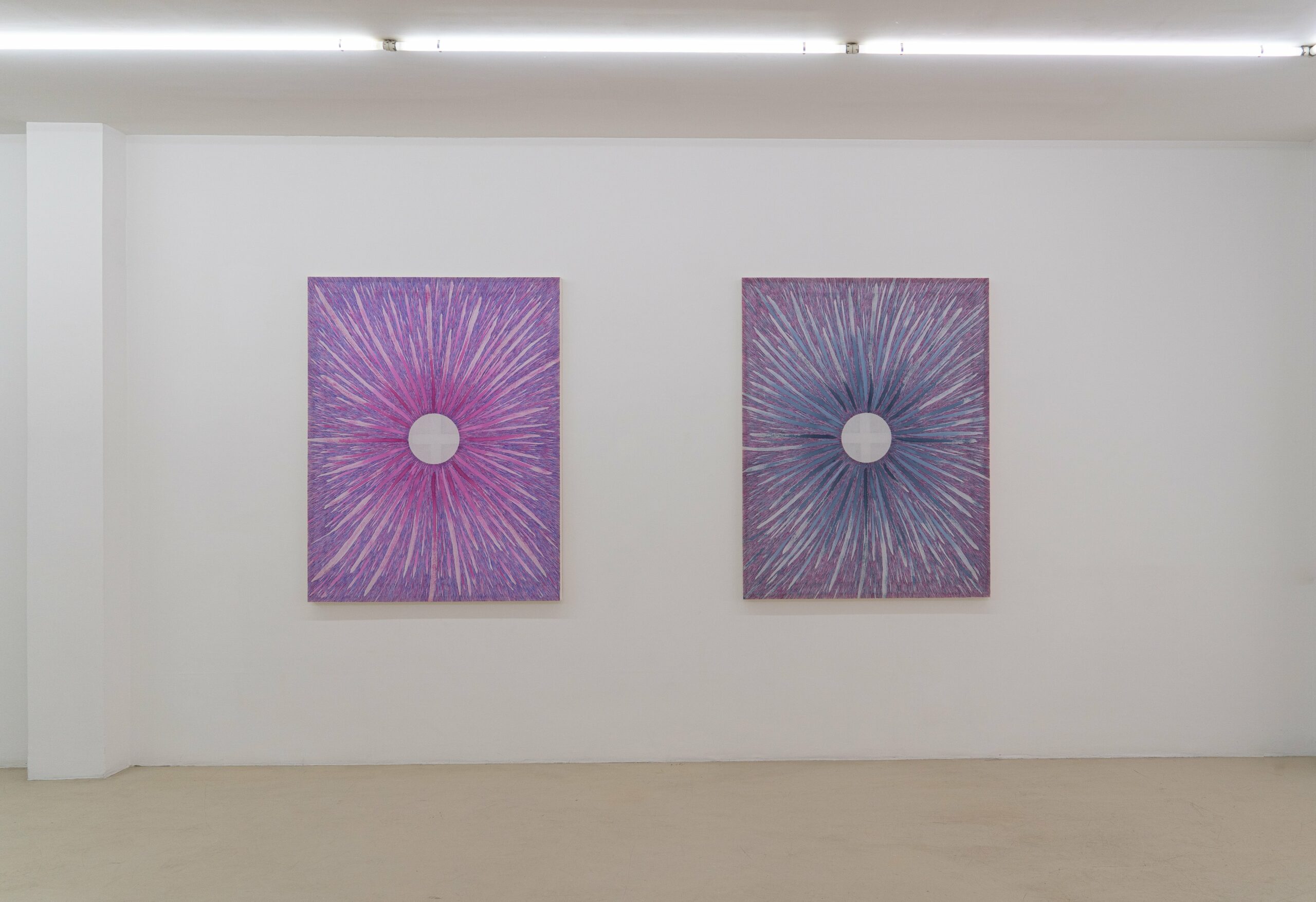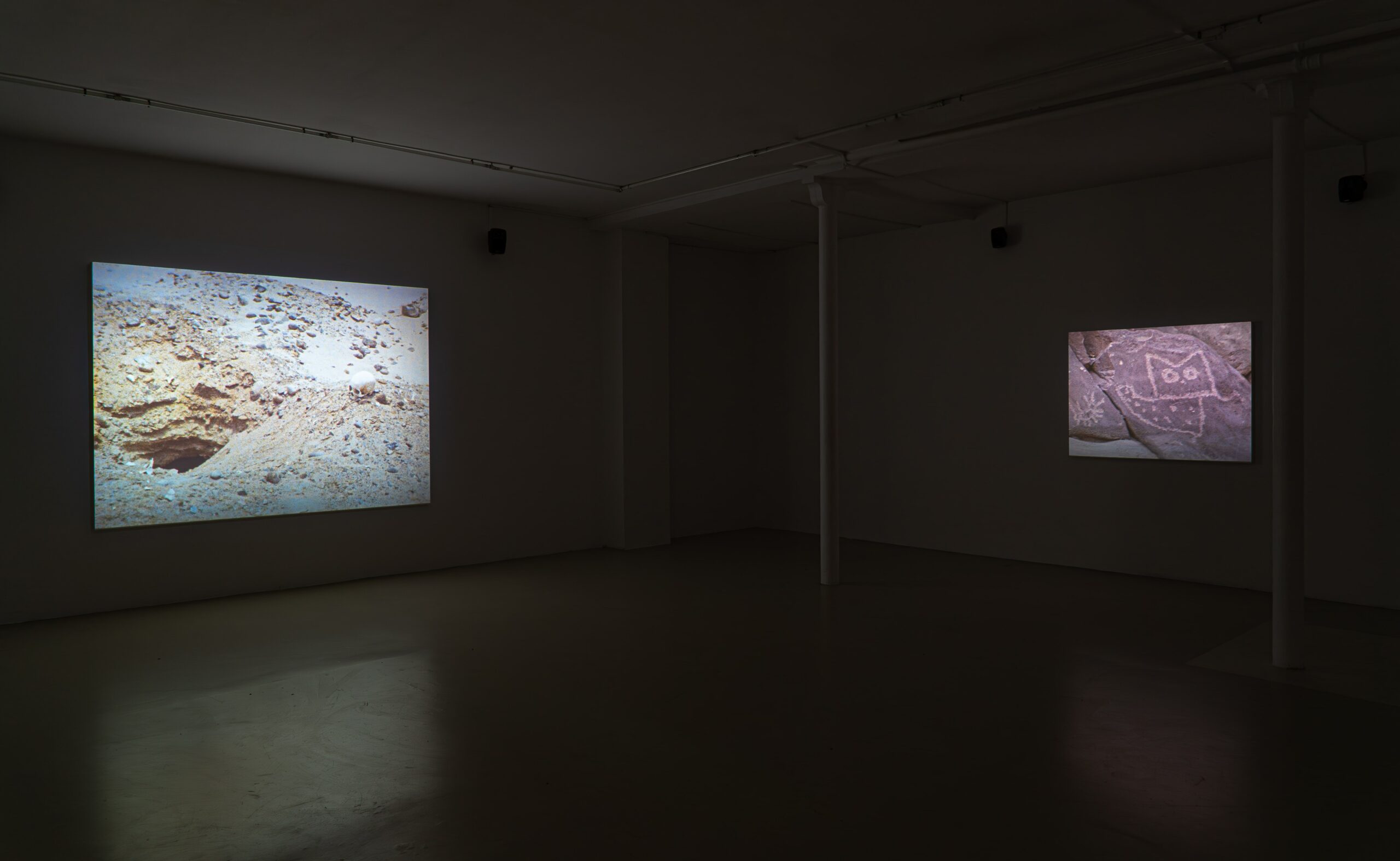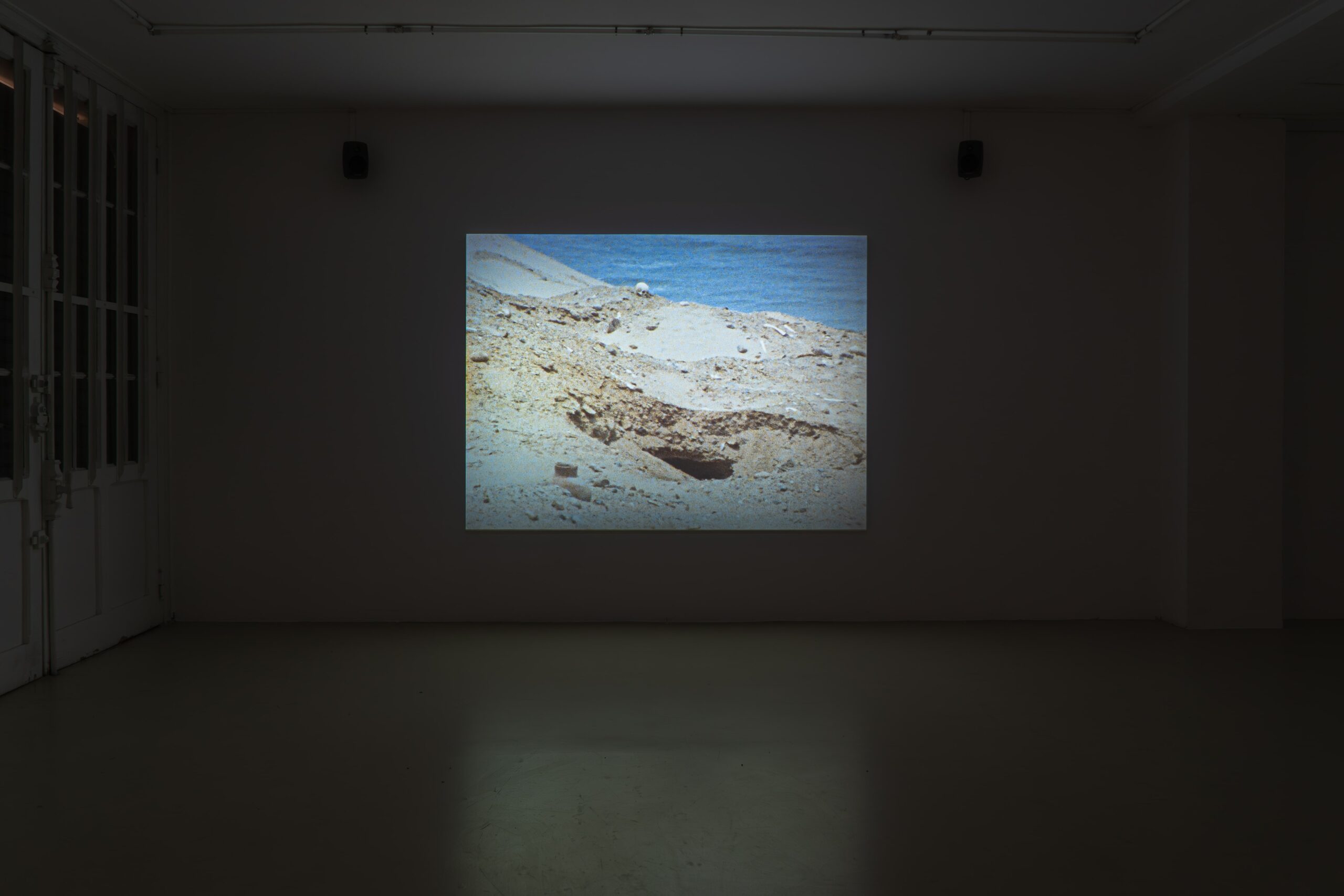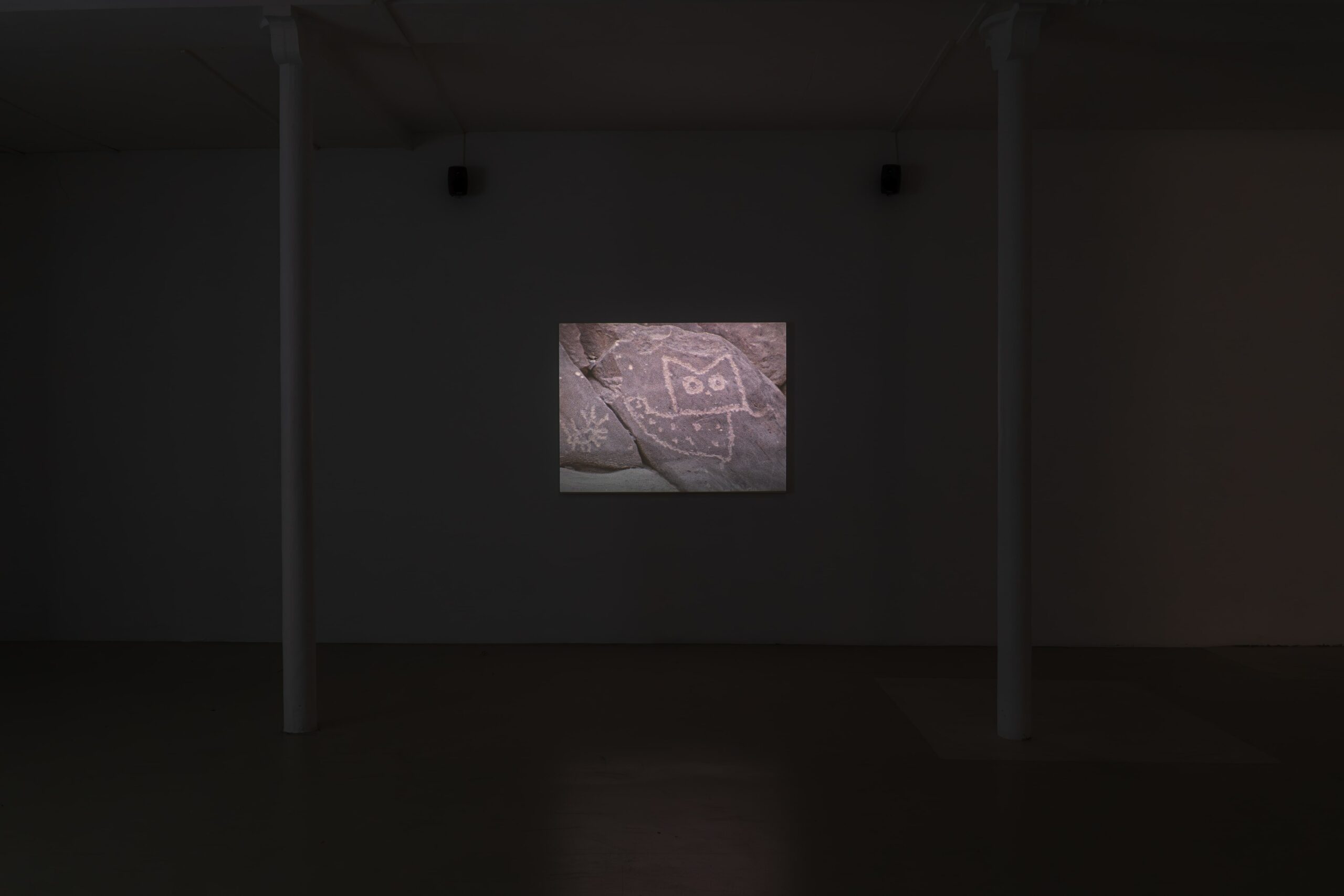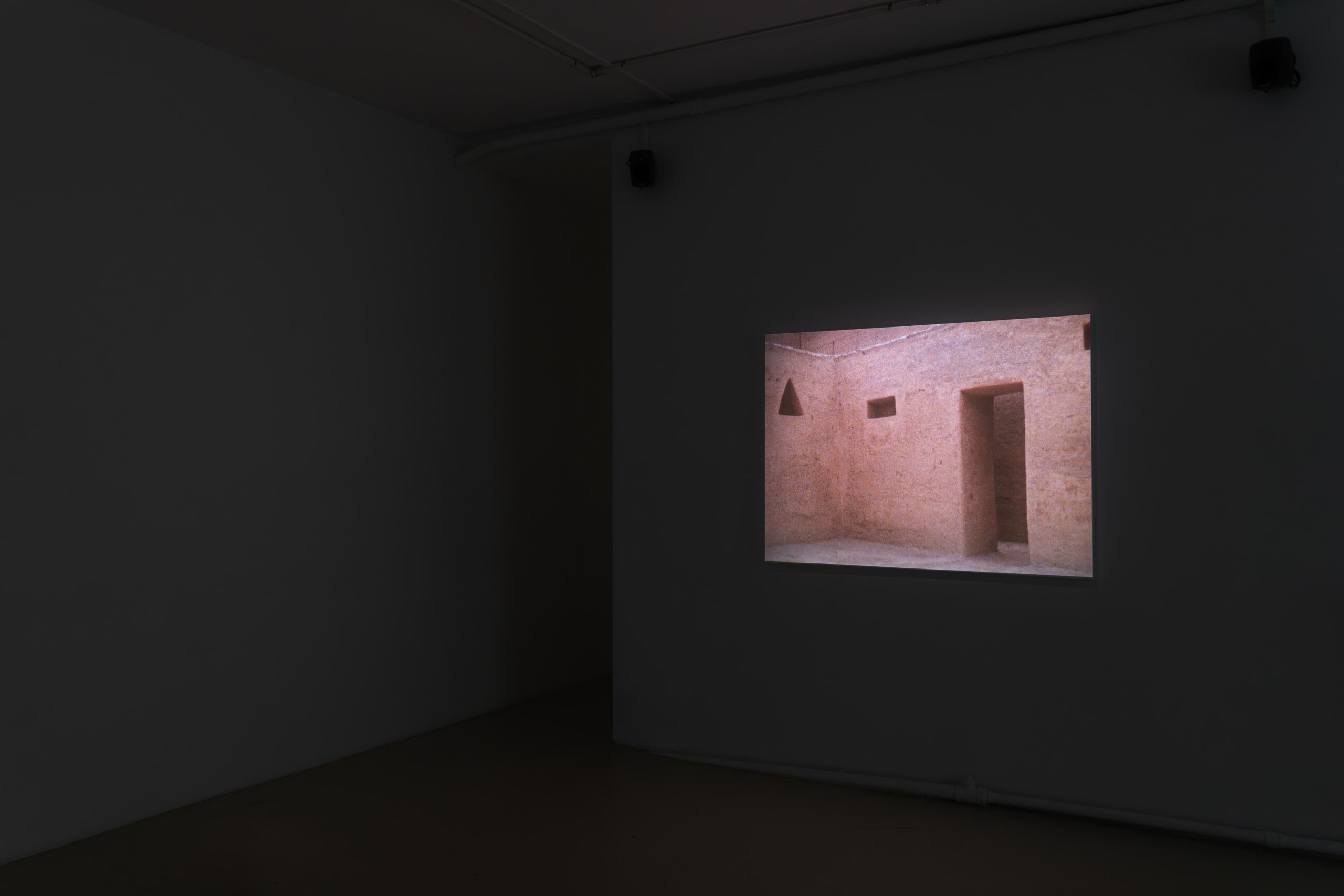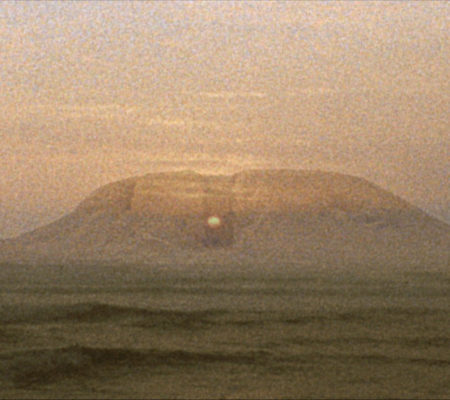«… let us imagine every myth as a crystalline regular polyhedron,
suspended weightless, in a void, with each of its vertices touching,
in perfect geodesic equilibrium, the surface of an imaginary iridescent sphere.
The integrity of the whole body is utterly dependent upon the integrity of its facets,
every facet represents a story…
The Universe is but sparsely populated by these Polyhedra, enormous though they are.
Here and there a faint nebula marks, perhaps, the region where a new myth struggles to cohere;
elsewhere, dark cinders barely glow, remnants of an experience lost forever to consciousness.
A hole torn in the very fabric of space, whence no energy escapes, is rumored to mark the place
where the black Polyhedra of the Unknowable vanished.
Nor do all the facets bear images. Some are dusty, some cracked,
some are filled with senseless images of insects. or else with a vague, churning scarlet, shot with sparks.
Some are as transparent as gin. Some are bright as mirrors and reflect our own faces… and then our eyes… and behind our eyes, distantly, our polyhedral thoughts, glinting, wheeling like galaxies.»
Hollis Frampton
Louidgi Beltrame’s Fragata magnífica, magnífica fragata presents a collection of super-8 films and ink drawings on canvas related to the artist’s recent projects. The title is also that of a diptych of films of frigate-birds (fragatas) flying over the skies of Rio de Janeiro. The same sequence of images is transferred to black and white, in negative, and played in reverse to produce the second film. This simple shift produces a type of abstraction of the image, produced with the technical means of its recording and broadcast. The singular silhouettes of the birds move in opposite directions on two pedestal-mounted screens, and appear to resonate with the molecular agitation of the film grain.
A second film, Huancor (2025), shows the petroglyph-marked stones of the Huancor site in the Peruvian Andes. It is accompanied by a list of the various engraved figures written by a Cuban archaeologist, which reads and is read like a poem in the film. The other two films in the exhibition were also shot in Peru. Rose moderne (2025) consists of a series of still shots of the Inca palace of Puruchuco. The images of the site, softened by their recording on super-8 film, are surprising for the modernist simplicity of their architectural forms, occasionally punctuated by the appearance of a crane, the poet Jorge Eduardo Eielson’s whistling, or the chaotic profile of the surrounding Lima suburbs.
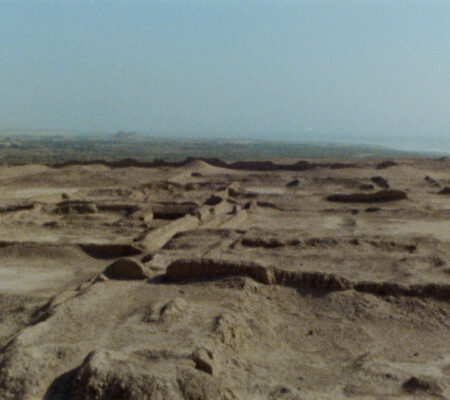 Pakatnamu, prémonition
LOUIDGI BELTRAME
Pakatnamu, prémonition
LOUIDGI BELTRAME
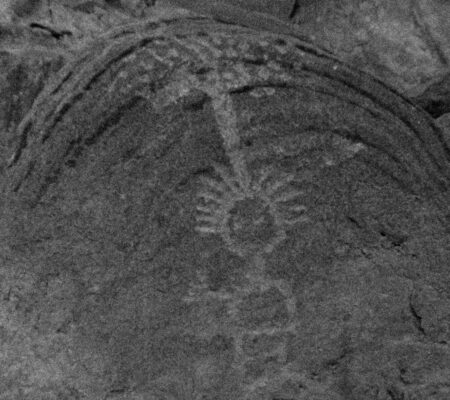 Huancor
LOUIDGI BELTRAME
Huancor
LOUIDGI BELTRAME
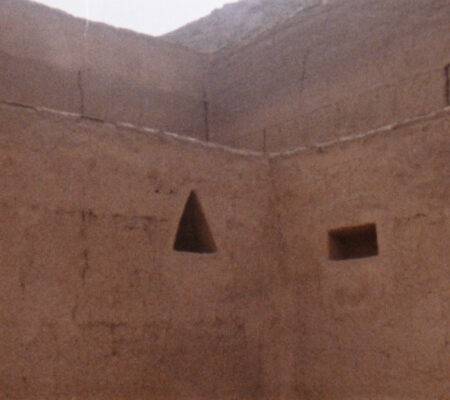 Rose moderne
LOUIDGI BELTRAME
Rose moderne
LOUIDGI BELTRAME
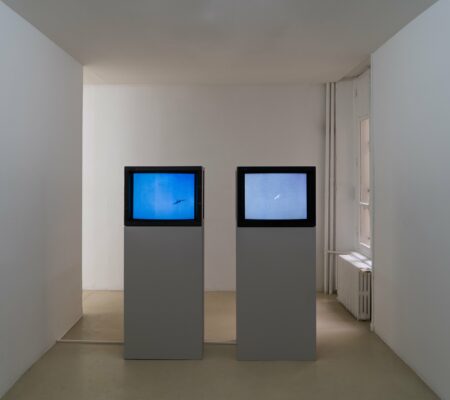 Fragata magnífica, magnífica fragata
LOUIDGI BELTRAME
Fragata magnífica, magnífica fragata
LOUIDGI BELTRAME
 Vortex 9
LOUIDGI BELTRAME
Vortex 9
LOUIDGI BELTRAME
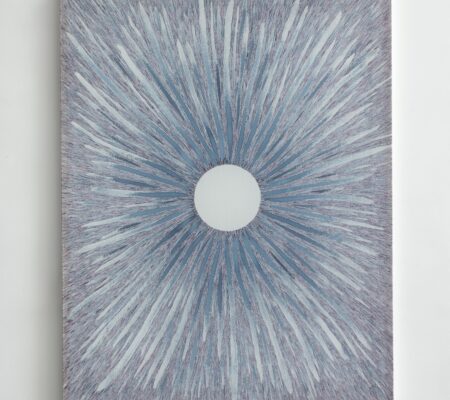 Vortex 10
LOUIDGI BELTRAME
Vortex 10
LOUIDGI BELTRAME
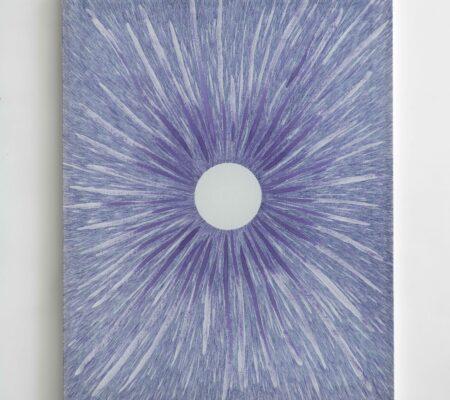 Vortex 11
LOUIDGI BELTRAME
Vortex 11
LOUIDGI BELTRAME
 Vortex 12
LOUIDGI BELTRAME
Vortex 12
LOUIDGI BELTRAME
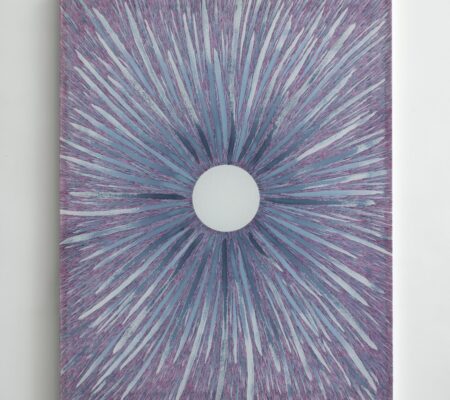 Vortex 13
LOUIDGI BELTRAME
Vortex 13
LOUIDGI BELTRAME
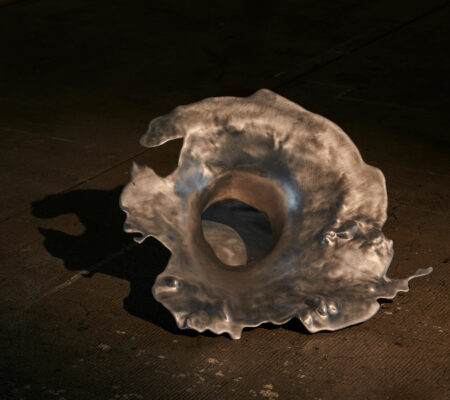 La mina
LOUIDGI BELTRAME
La mina
LOUIDGI BELTRAME

